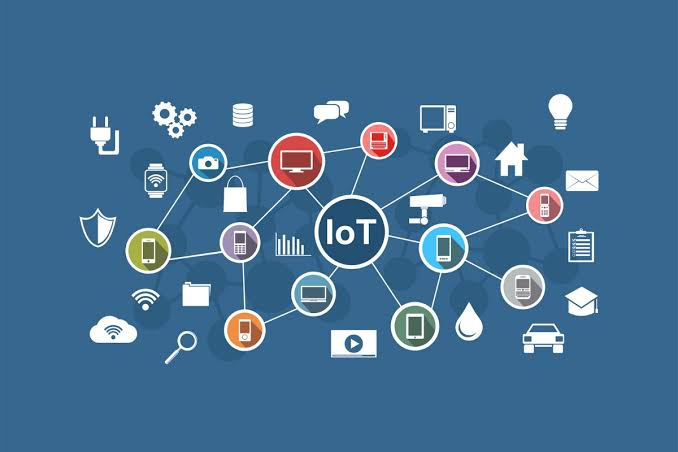Real-time monitoring is a critical component of any IoT strategy. By monitoring your devices in real time, you can ensure that they function correctly and get the most out of them. Real-time monitoring allows you to get the most out of your devices by providing instant feedback on performance and allowing you to troubleshoot problems as they occur. You might be using Linux for your IoT development, and linux device management is a crucial component to consider.
The Benefits Of Real-Time Monitoring For IoT Devices
Real-time monitoring can provide several benefits for IoT devices, including:
1-The most important thing in managing a business nowadays is performance. Performance monitoring allows you to identify and fix problems as they occur before impacting your company’s overall level of service or revenue generation potential! Improved performance: by monitoring your devices in real-time, you can identify and fix problems as they occur before they have a chance to impact performance.
2-Better security: Real-time monitoring can help you to identify and resolve security issues as they happen, preventing them from becoming severe threats.
3-Reduced costs: By identifying and fixing problems quickly, you can avoid the costly downtime associated with traditional monitoring forms.
How To Set Up Real-Time Monitoring For Your Devices
There are several ways to set up real-time monitoring for your devices. The most common method is to use a monitoring platform that integrates with your existing system. This can provide you with instant feedback on the performance of your devices and allow you to resolve issues as they occur.
Another method of setting up real-time monitoring is to use a dedicated device management platform.
Finally, you can also set up real-time monitoring using open-source tools. Tools like Nagios and Zabbix are popular open-source monitoring platforms. These can be used to monitor specific data points or devices and can be customized to meet the needs of your business.
Businesses That Are Using Real-Time Monitoring To Improve Their Operations
Several businesses are using real-time monitoring to improve their operations. Here are a few examples:
Amazon: Amazon uses real-time monitoring to track the performance of its vast network of servers. They can identify and fix problems quickly, preventing them from impacting the customer experience.
Google: Google uses real-time monitoring to track the performance of its search engine. They can ensure that users get the best possible experience when using their service.
Netflix: Netflix uses real-time monitoring to track the performance of its streaming service. This helps them identify and resolve issues quickly, ensuring that users enjoy a high-quality experience.
Tips For Getting The Most Out Of Real-Time Monitoring For Your Business
There are a few tips that you can follow to get the most out of real-time monitoring for your business:
1-Define what data you want to collect: before you start collecting data, it is essential to define what you want to track. This will help you focus your efforts and ensure that you collect the correct information.S
2-Set up alerts: setting up alerts can help you identify problems as they occur. You can resolve issues quickly and prevent them from impacting your business by doing this.
3-Use open-source tools: open source tools can be used to monitor specific data points or devices. These tools can be customized to meet the needs of your business and offer a great way to get started with real-time monitoring.
4-Use a dedicated platform: using a dedicated platform can be a great way to get started with real-time monitoring. This can be used to monitor a wide range of data, including device performance, security threats, etc.
Are There Any Other Ways To Improve The Performance Of Your IoT Devices Besides Using Real-Time Monitoring?
Yes, there are several other ways to improve the performance of your IoT devices. For example, you can use data analytics to identify and resolve issues quickly. Additionally, you can use device management platforms to automate tasks and improve efficiency. You can also consider using edge computing to reduce latency and improve performance. However, real-time monitoring is one of the most effective ways to get the most out of your IoT devices. By identifying and resolving problems as they occur, you can avoid the costly downtime associated with traditional monitoring methods.
The Different Types Of Data That Can Be Monitored In Real-Time
There are a few different types of data that can be monitored in real-time:
1-Device performance data: this includes data about the performance of your devices, such as CPU usage, memory usage, etc.
2-Security data: this includes data about security threats, such as malware infections, network attacks, etc.
3-Application data: this includes data about the performance of your applications, such as response times, error rates, etc.
4-Infrastructure data: this includes data about the performance of your infrastructure, such as server uptime, network latency, etc.

